Continued from a previous series of posts on the stages of spiritual growth . . . Find a quiet place. Sit still. Back straight. Begin by greeting the Light, the Beloved. Follow your easy breath, in and out. Survey your whole body, beginning with the toes and ending with the nose. Release all tension. Sink into the Presence of God. Gently breathe, giving your thoughts the freedom to come and go. Like snowflakes, you may notice them but you mustn’t hold them. Simply let them fall.
Letting them fall won’t be easy. Your mind will parade many things in front of you. To-do lists, problems you’re dealing with, dreams you have for yourself will lure your attention away from God. The barking dog next door will annoy you. Memories from long ago will entertain you. Ugly things too will crowd in upon you—lusts, fears, ambitions. Don’t fight them, judge them, or follow them. Just watch them and become aware that you’re aware of them. This awareness is the key. When you’re aware, you’re present—to God and to your self before God.
This is pure prayer. Resting. Waiting. Being.
To be continued . . .
